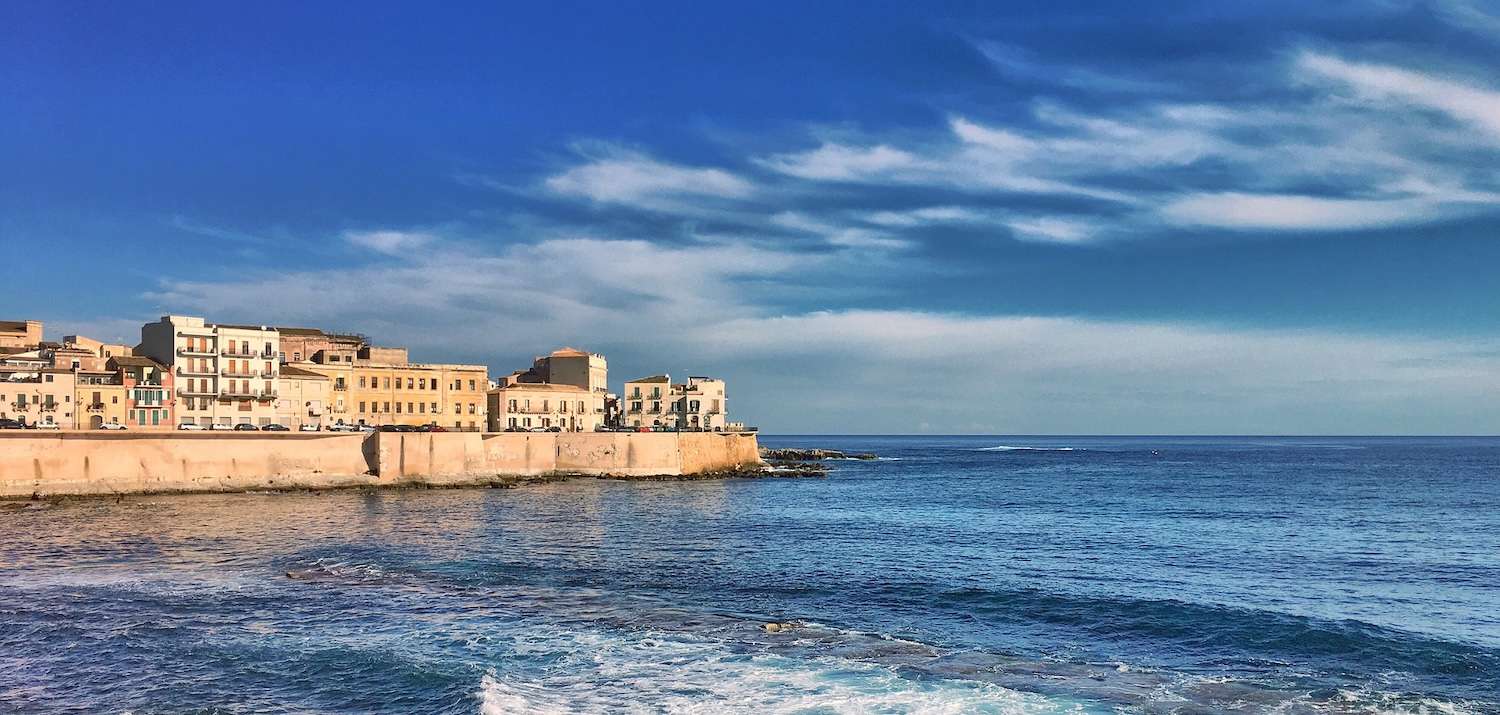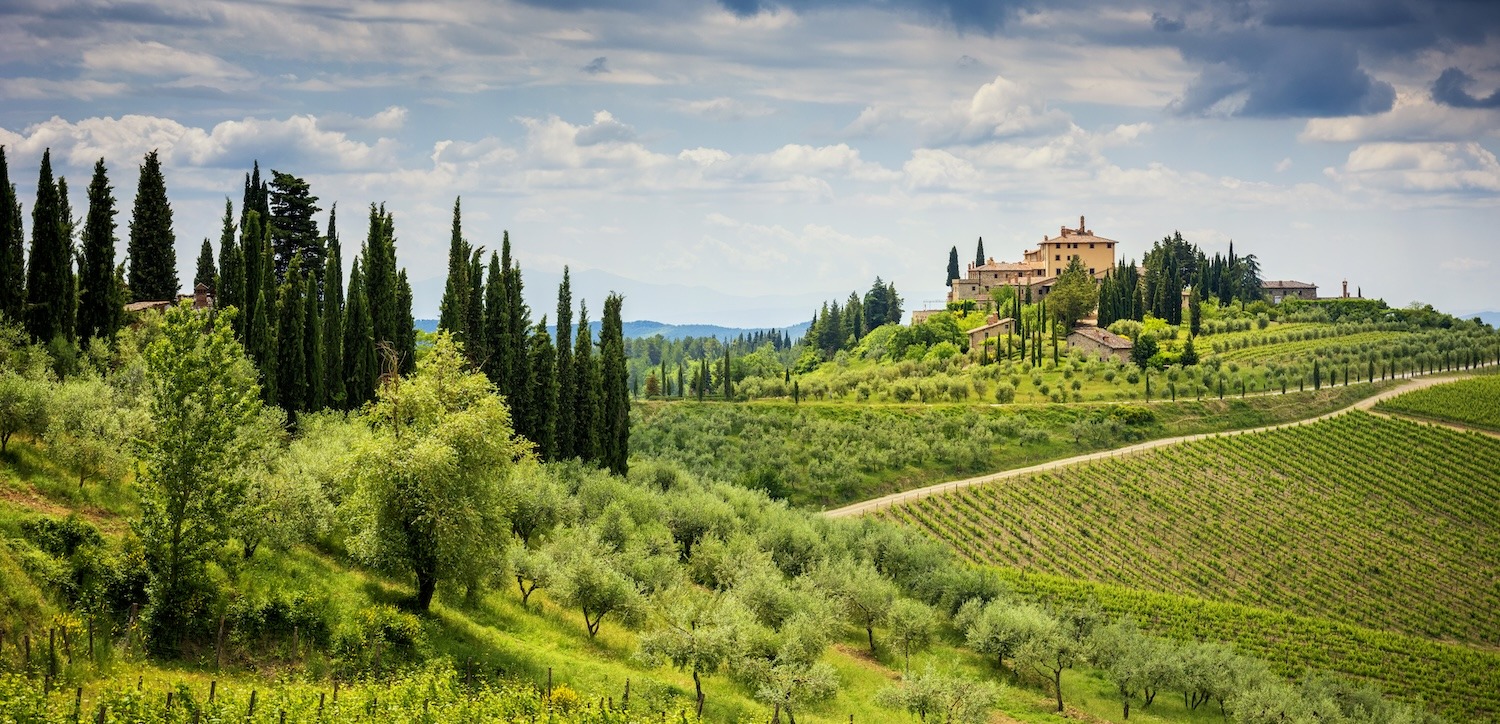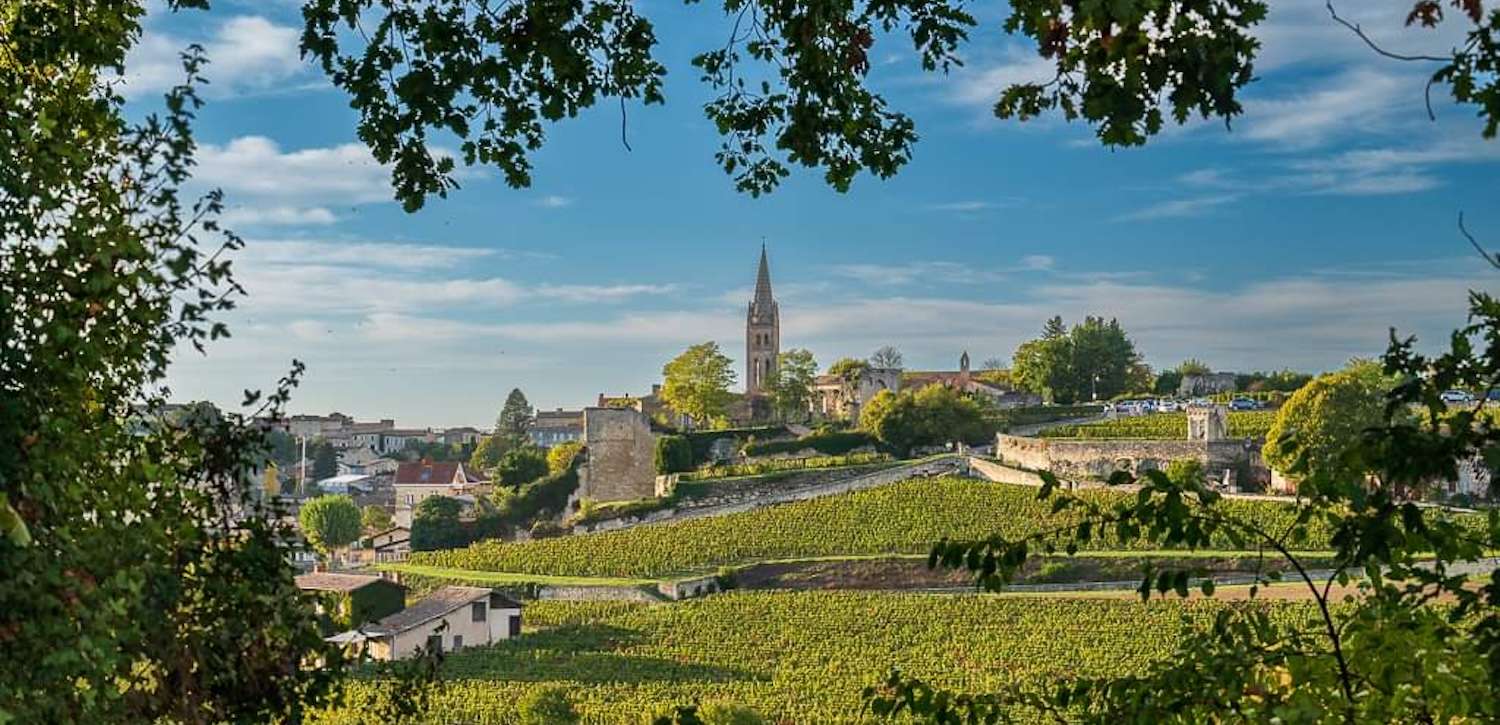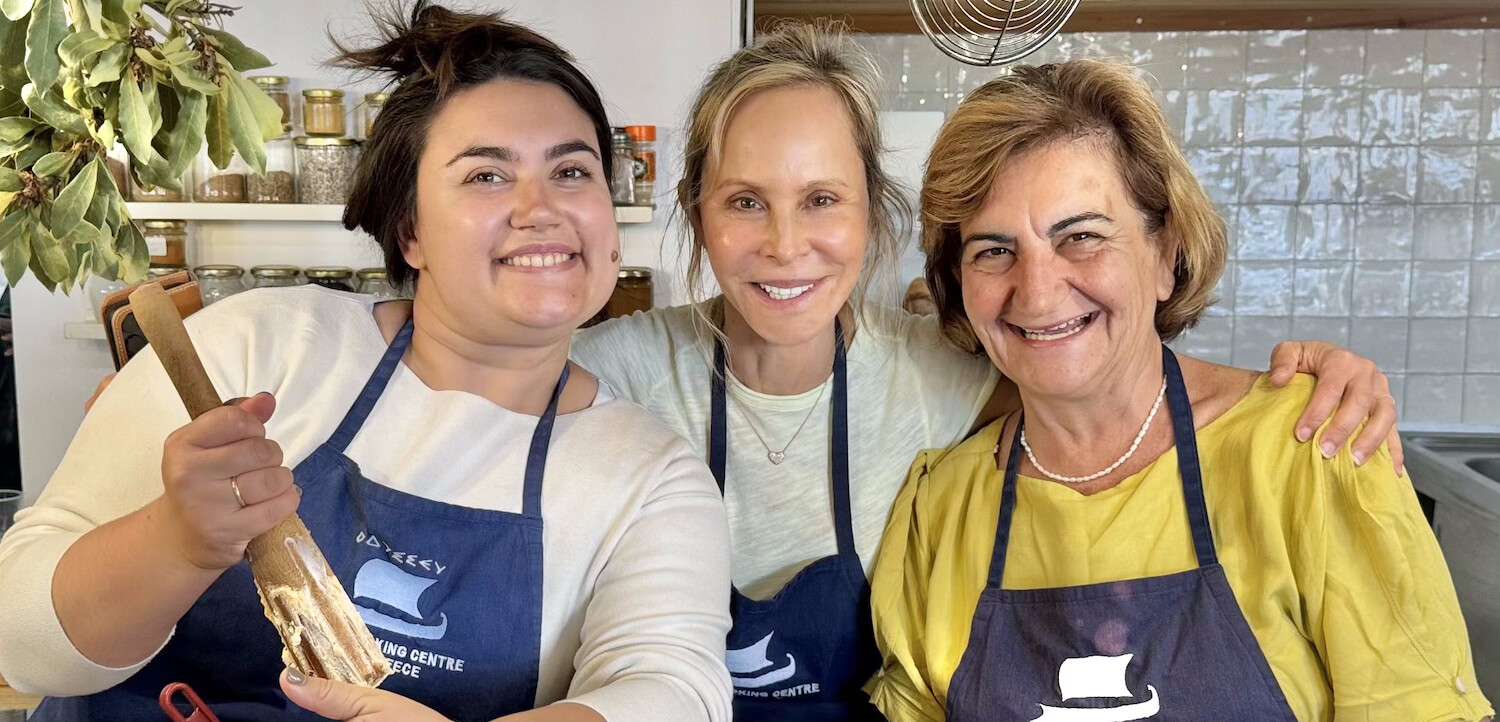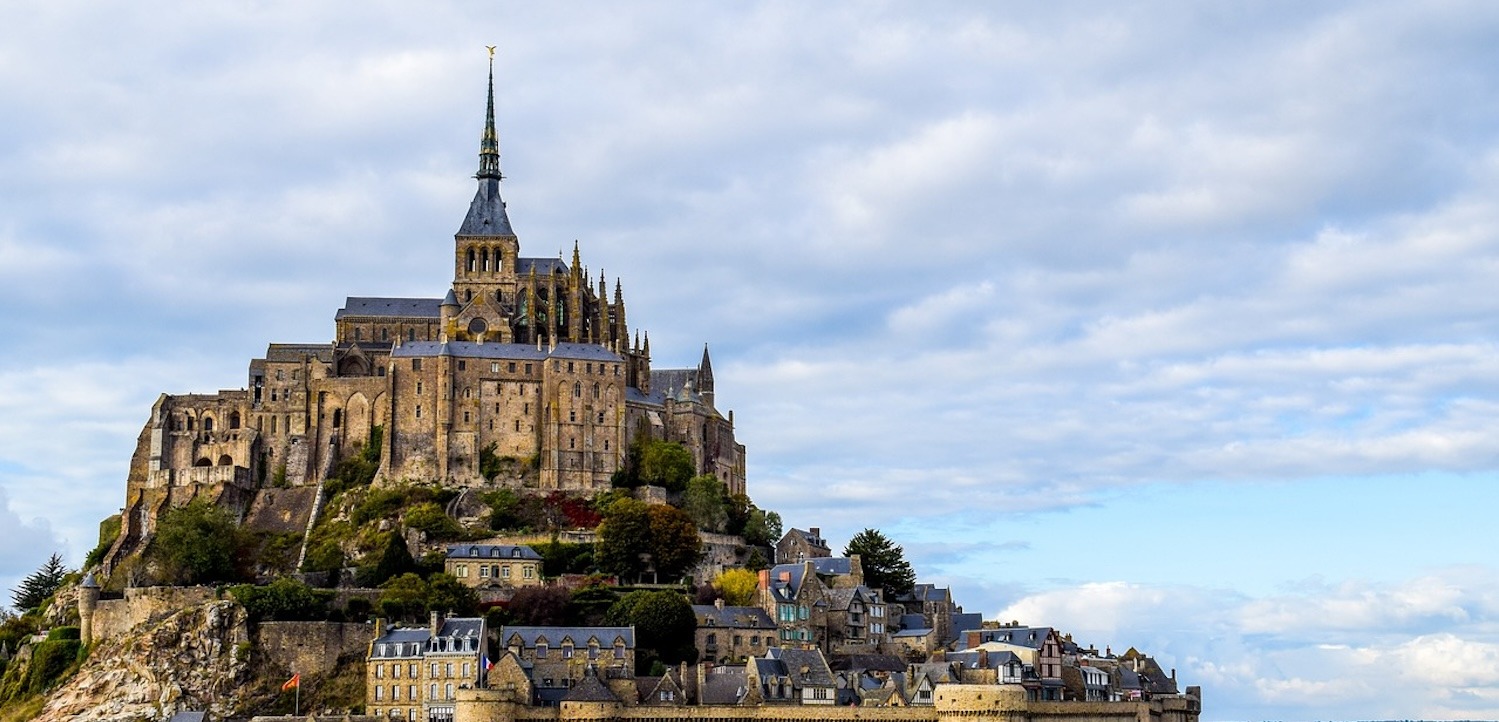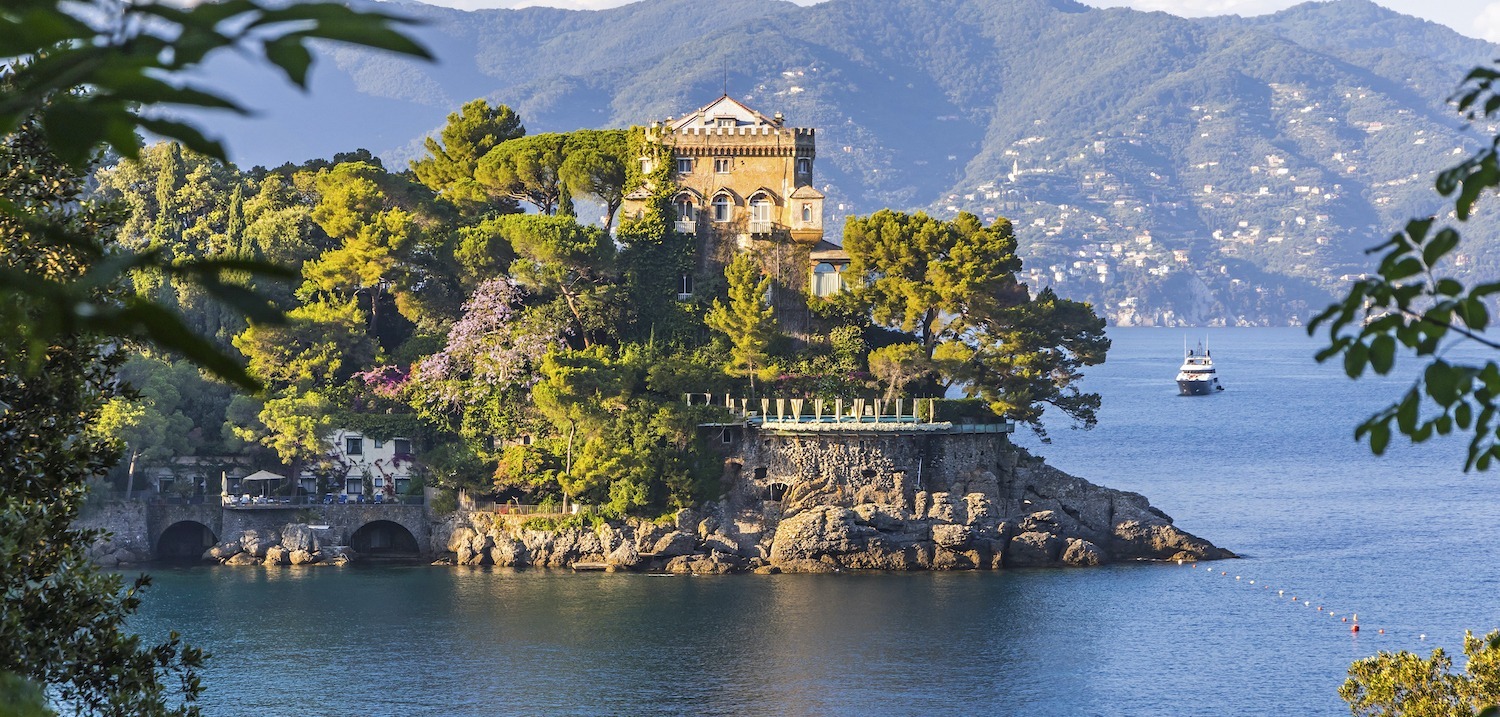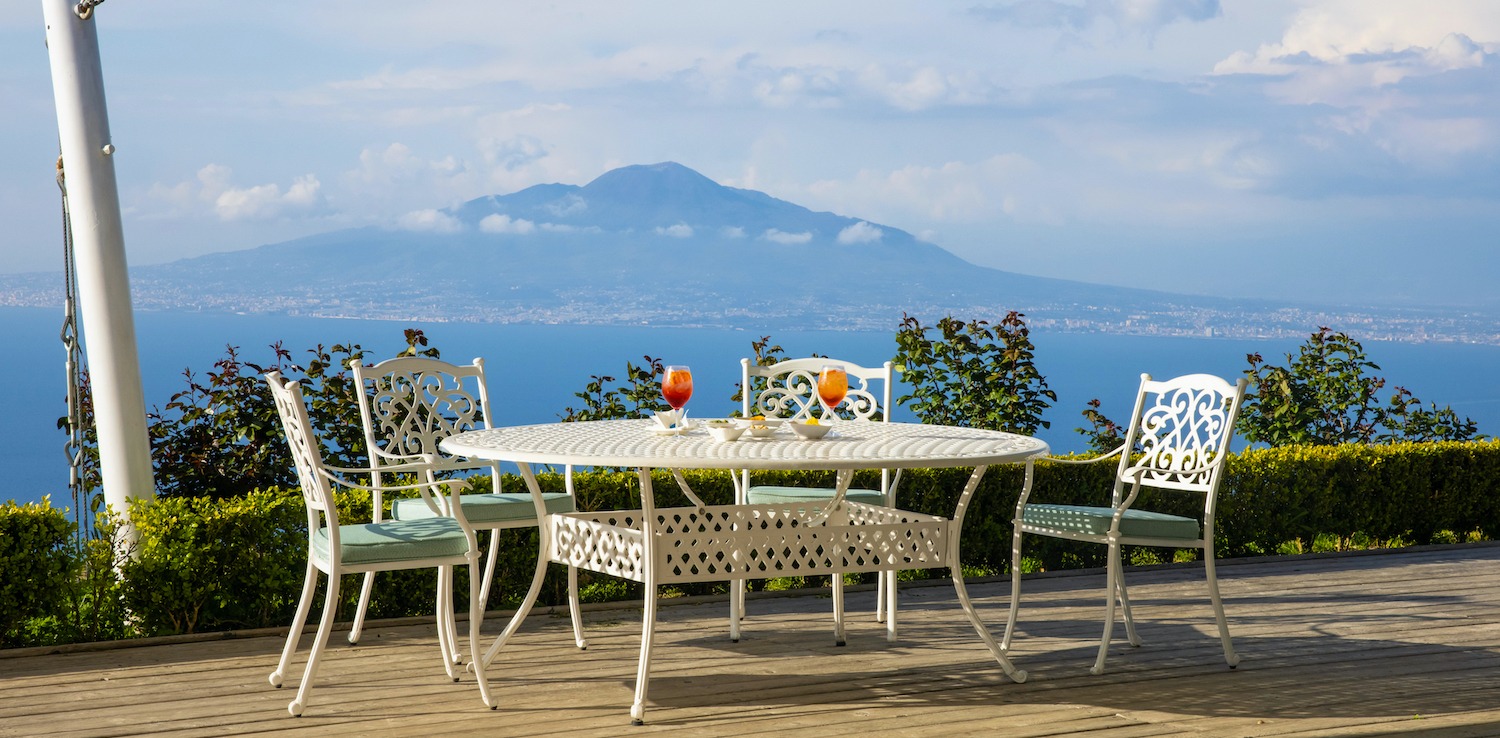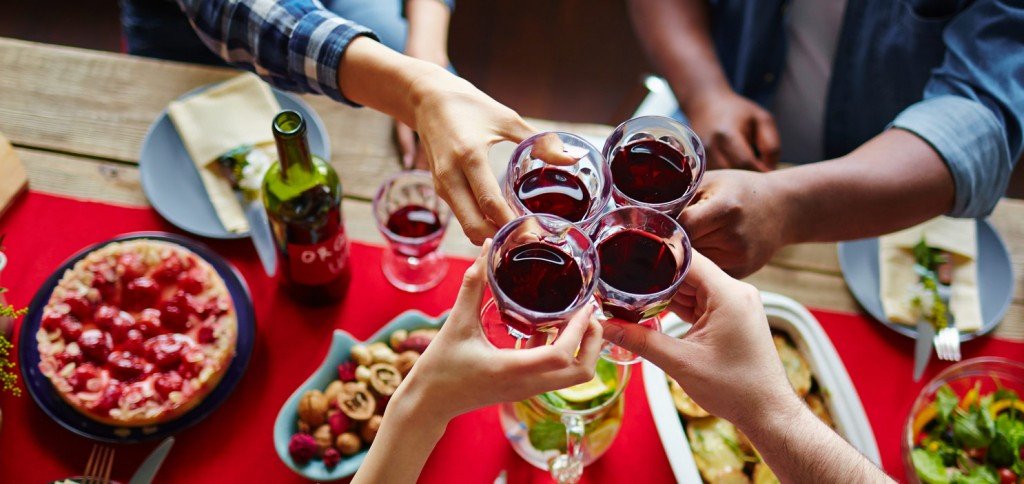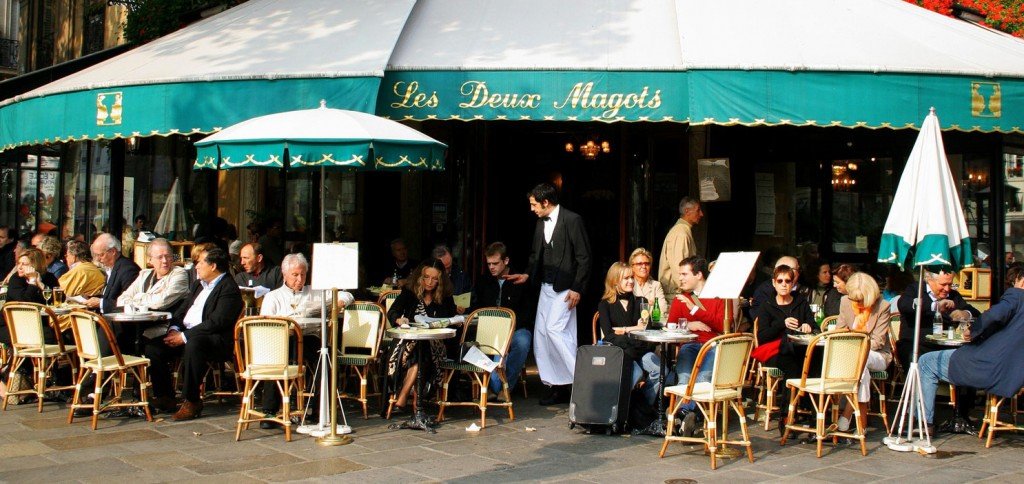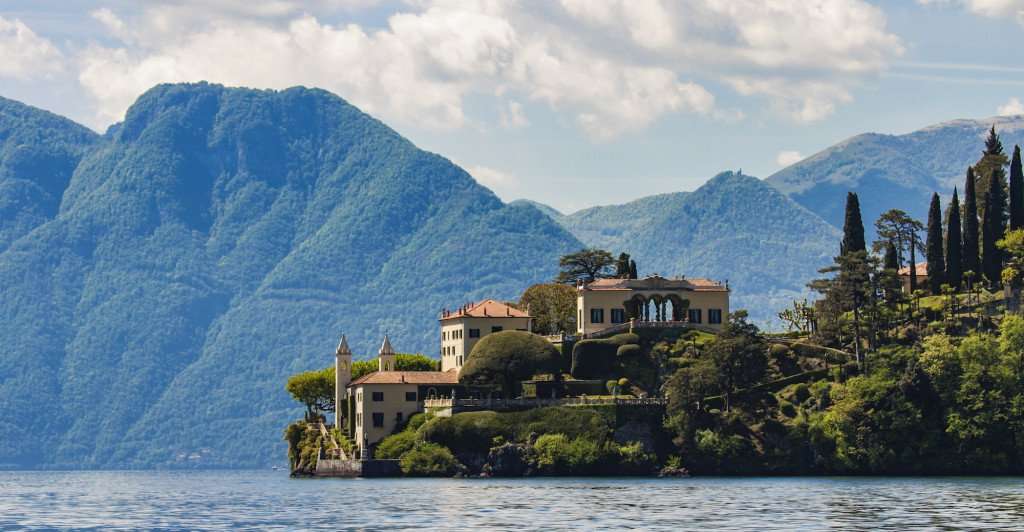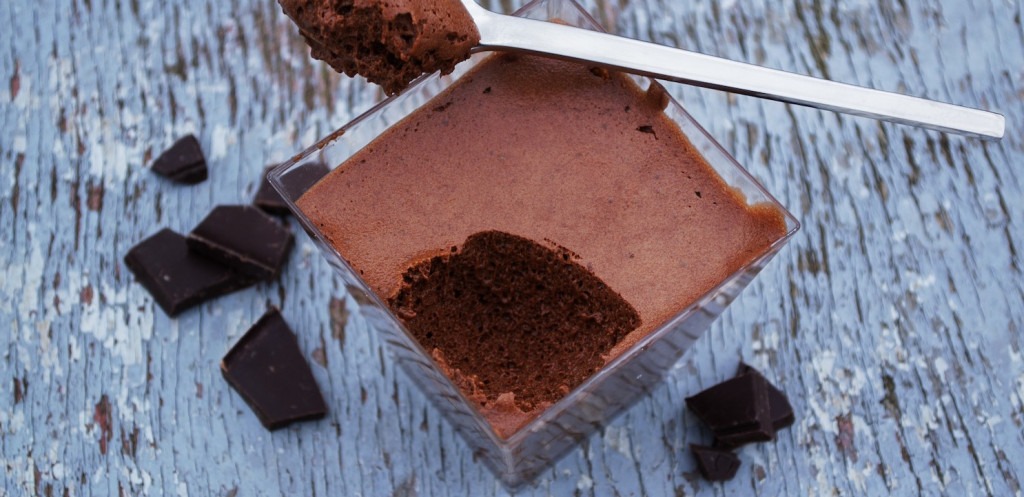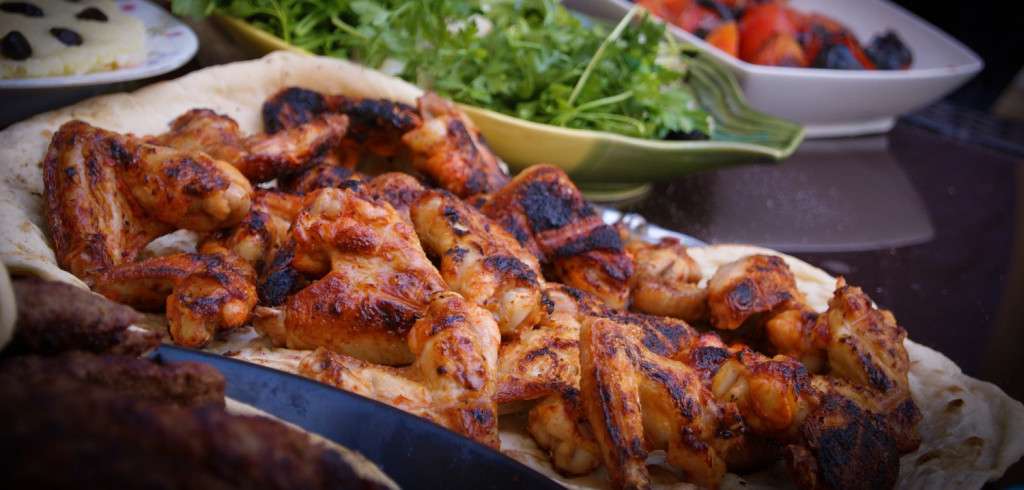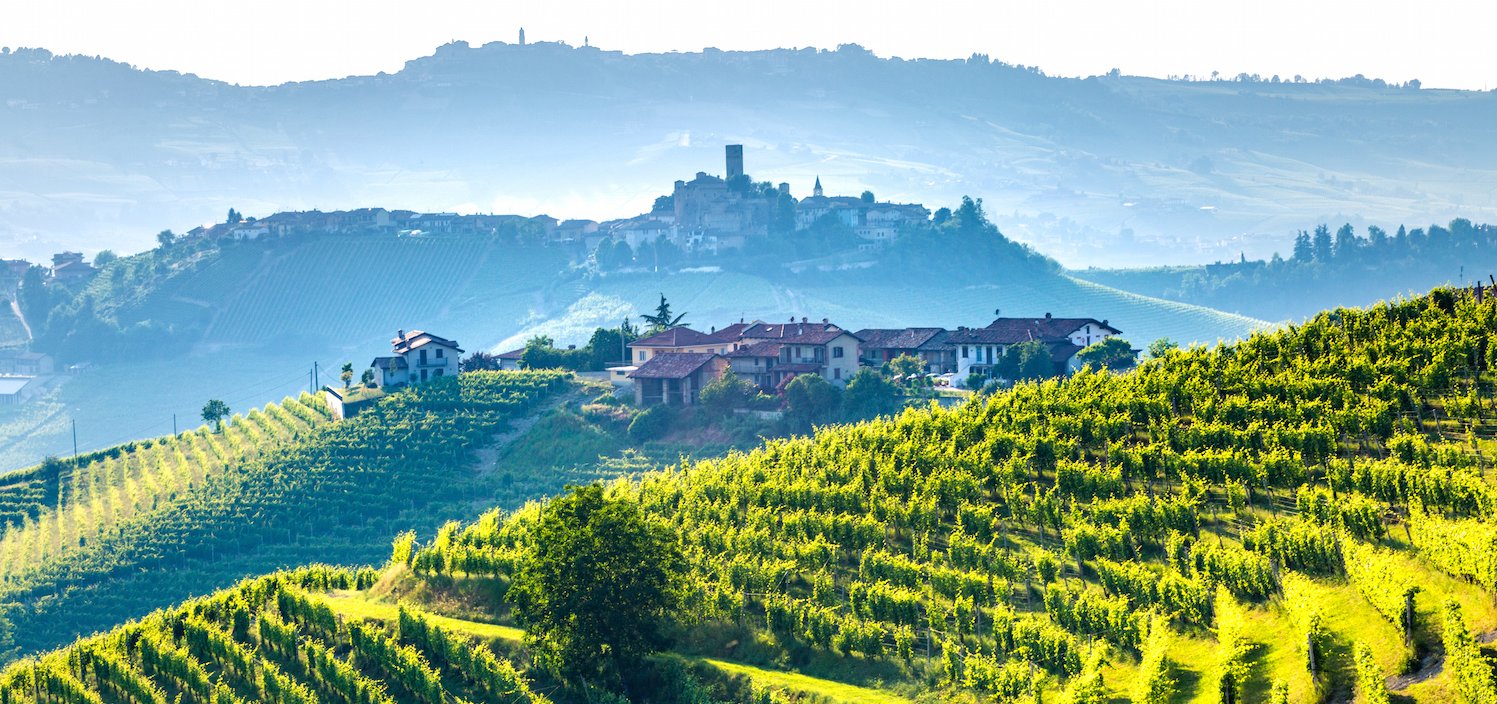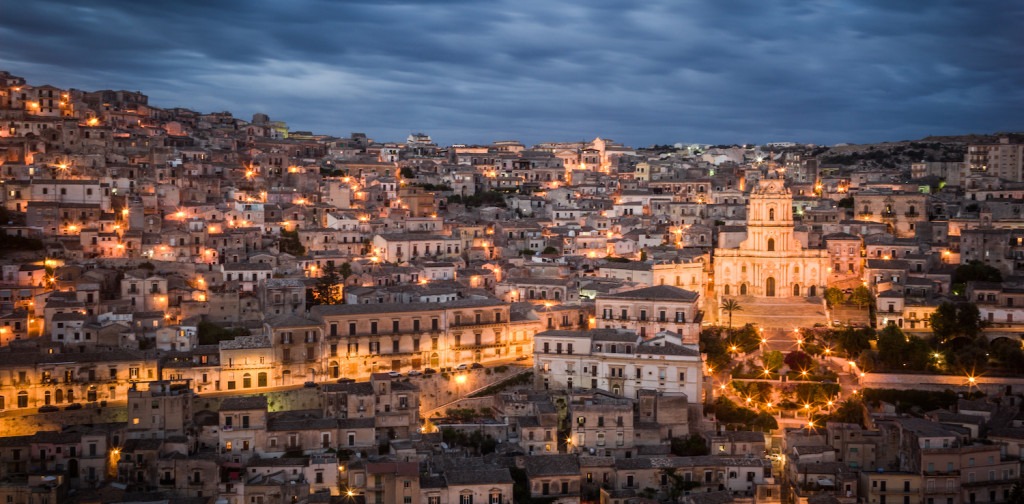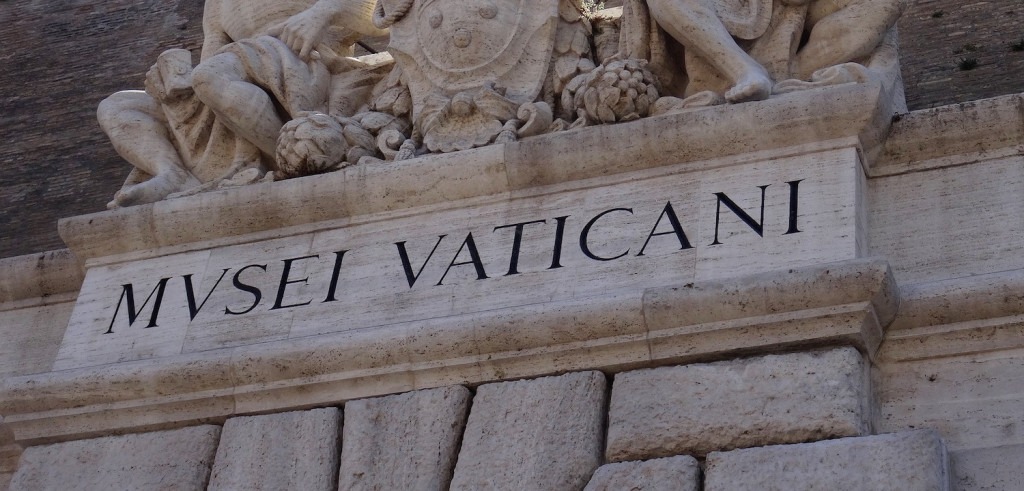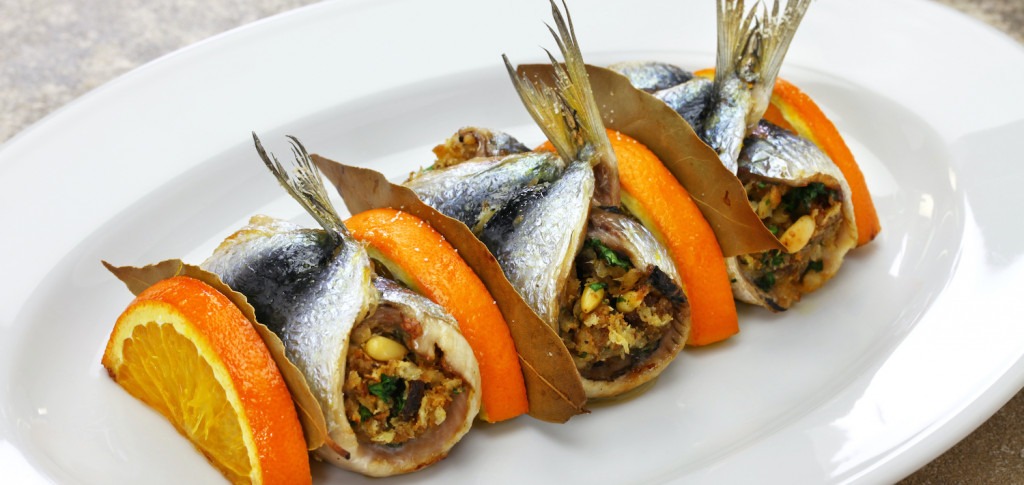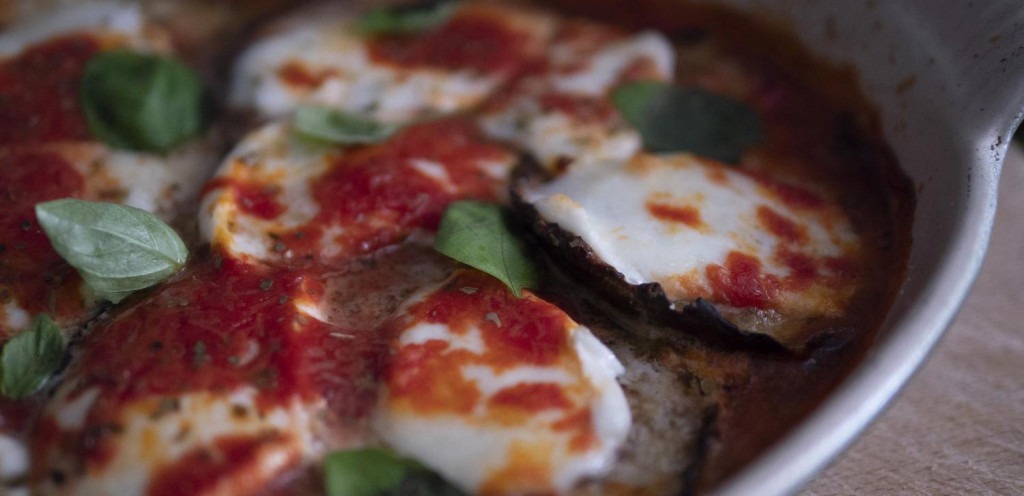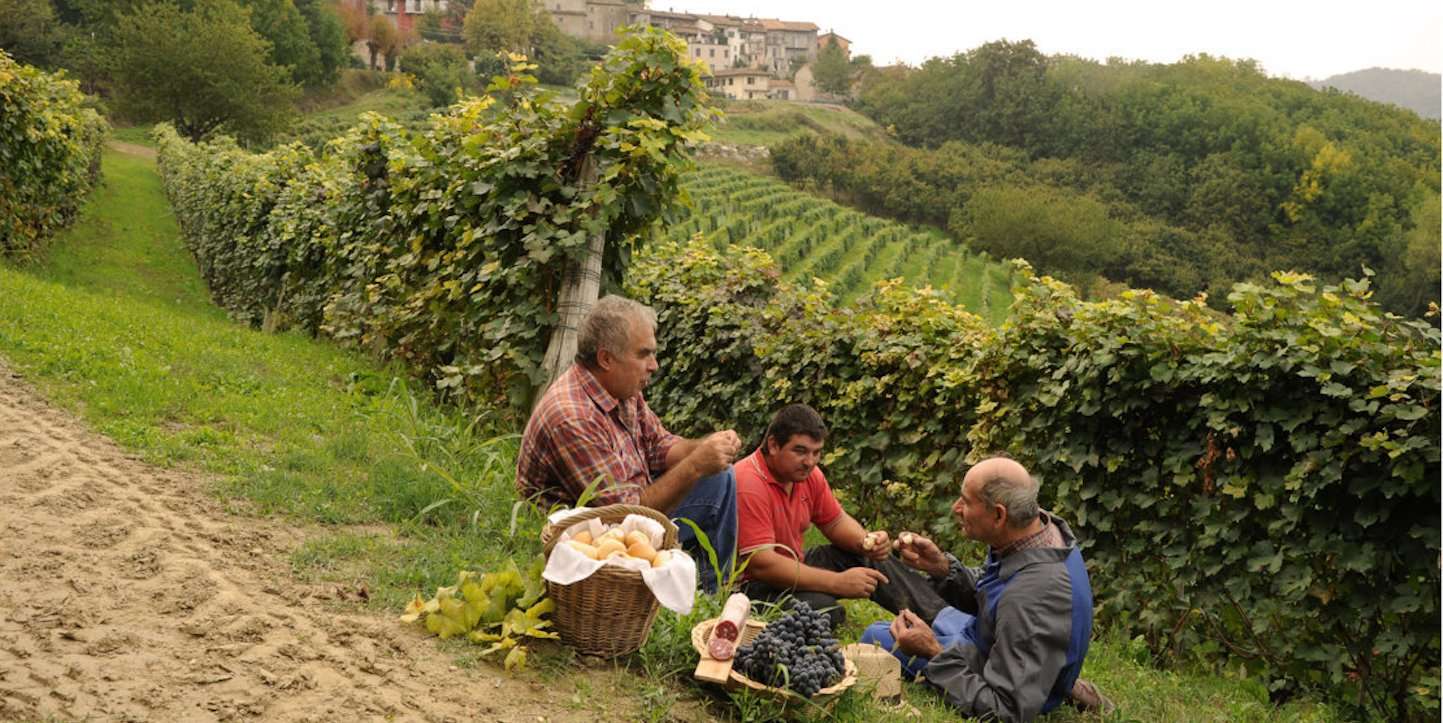
- The International Kitchen
- Blog
- Food and Wine Tours to Italy: A Guide to Piedmont Wines
Food and Wine Tours to Italy: A Guide to Piedmont Wines
-
-
Some of the most prized wines of Italy hail from the region of Piedmont, in the north-west of Italy. Ever heard of Barolo? Piedmontese. Barbaresco? That too. Why are these wines valued so highly and what is the difference between them? You can find out for yourself on our food and wine tours of Italy, but we’ll also break it down for you here.
 Piedmont is known for the 3 “B’s” — Barolo, Barbaresco, Barbera. This is, however, a bit of a misclassification, as the first two are denominazioni (see our previous post on Italian wines), that is, an indication of the geographic place and variety (both are made from Nebbiolo grapes), while Barbera is itself a grape variety, not a DOC classification.
Piedmont is known for the 3 “B’s” — Barolo, Barbaresco, Barbera. This is, however, a bit of a misclassification, as the first two are denominazioni (see our previous post on Italian wines), that is, an indication of the geographic place and variety (both are made from Nebbiolo grapes), while Barbera is itself a grape variety, not a DOC classification.
Try Piedmont wines with these wonderful Piedmontese ravioli.
Barolo and Barbaresco Wines
Barolo is King in Piedmont, and is truly one of the great Italian wines. All Barolo come from the part of the Cuneo district south-west of Alba, in the area known as the Langhe. Here the town of Barolo is located (there are other nearby towns that make Barolo wines also, notably Castiglione Falletto). Barbaresco wines are from area east of Alba (yes, there is a town Barbaresco, and yes, all Barbaresco wines hail from there or the other towns nearest it). Both are made from 100% Nebbiolo grapes, but the restrictions for Barolo are more strict: the wine must be aged a minimum of 3 years (two in oak) to be a Barolo, or at least 5 years total to be a riserva; Barbaresco wines must be aged for a minimum of 2 years (at least 1 in oak), or at least 4 years to be considered riserva.
See all our cooking vacations in Piedmont.
 Barolo wines are known for being rich, full-bodied wines, with strong tannins and acidity. They, like Barbaresco wines, are usually lighter in color and lacking opacity when young, and develop a more brick-red hue as they age. Barolo wines tend to be extremely ageable – indeed they need the time to soften the tannins. (In the 1970s and 80s some producers tried to shorten the time needed to mellow Barolo wines by employing new technologies that shortened the maceration and fermentation stages of production. Traditionalists argued that the result was something that was no longer truly a Barolo. Opinions got so heated on both sides that this period became known as “The Barolo Wars.” Italians take their wine seriously: but for the Piedmontese it’s like a religion!). They are also extremely good with food for the same reasons: the food attenuates the naturally tannic and acidic nature of the wine. Barolo and Barbaresco wines are both usual paired with meat dishes, heavy pastas and rich risottos, as lighter fare would be overwhelmed by the wine.
Barolo wines are known for being rich, full-bodied wines, with strong tannins and acidity. They, like Barbaresco wines, are usually lighter in color and lacking opacity when young, and develop a more brick-red hue as they age. Barolo wines tend to be extremely ageable – indeed they need the time to soften the tannins. (In the 1970s and 80s some producers tried to shorten the time needed to mellow Barolo wines by employing new technologies that shortened the maceration and fermentation stages of production. Traditionalists argued that the result was something that was no longer truly a Barolo. Opinions got so heated on both sides that this period became known as “The Barolo Wars.” Italians take their wine seriously: but for the Piedmontese it’s like a religion!). They are also extremely good with food for the same reasons: the food attenuates the naturally tannic and acidic nature of the wine. Barolo and Barbaresco wines are both usual paired with meat dishes, heavy pastas and rich risottos, as lighter fare would be overwhelmed by the wine.
You can also use Barolo for these wonderful recipes: Manzo brasato al Barolo or Veal Shank with Barolo Sauce.
So what is the difference between a Barolo and a Barbaresco, besides the name? At The International Kitchen we are wine lovers, not wine experts, but our understanding is this: the grapes of the Barbaresco zone ripen a bit more quickly than in the Barolo zone. This alters the maceration and fermentation stage just enough to make the Barbaresco wines slightly less tannic, makes them soften more quickly (which is why they can age for a year less under DOCG rules), but means they do not age as well over a longer period. Barbaresco wines tend also to be less alcoholic than Barolo. And while most would say that the best Barolo will beat the best Barbaresco, it has also been argued that the consistency of Barbaresco means that you’re more likely to find a bad Barolo than a bad Barbaresco.
Browse all our culinary vacations in Italy.

Barbera Wines
And the last B: Barbera? Wines from the Barbera grape are plentiful in Piedmont (and elsewhere in Italy), and the most known DOC Barberas are Barbera d’Alba and Barbera d’Asti. The Barbera variety produces high yields, and the grapes make respectable wines, but it is truly only grown in secondary locations, on slopes and facing directions that make the Nebbiolo grape impractical. The fact is, a Barolo or Barbaresco fetches twice the price of a Barbera DOC wine (and some might say makes twice as good a wine as well), so the most favorable locations are invariably planted with Nebbiolo vines.
Cook with Francesca during our Authentic Experience in Piedmont.
A quick mention of the other most known wines in Piedmont: Dolcetto (a grape variety a bit similar to Barbera, producing a younger, slightly lighter wine, but one that is decided not sweet, despite the name); and Moscato, which in Piedmont is most famously used in the making of the sparkling spumante d’Asti (or Moscato d’Asti).
To learn more about Italian cuisine and wines such as Barolo and Barbaresco, visit Piedmont on one of our cooking vacations in Italy! And check back on Friday for more on Piedmont food and wine.
Sign up to Receive Our Newsletter
As well as travel tips, promotions, and information on our best cooking vacations.
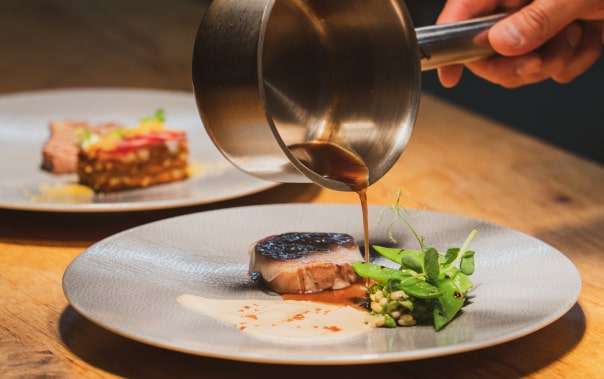
blog
Related Blog Posts
recipes

